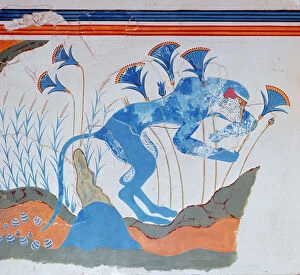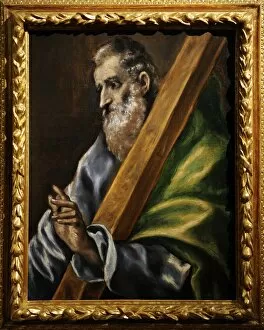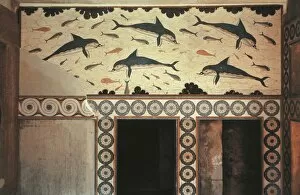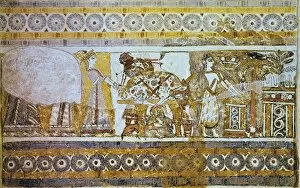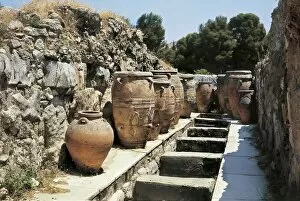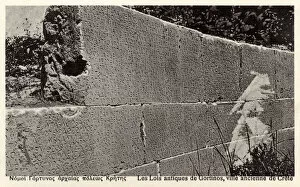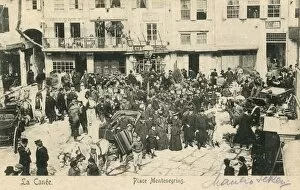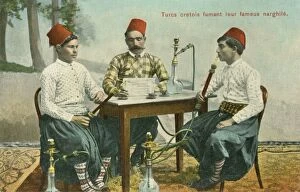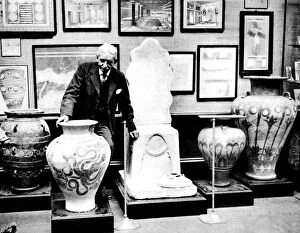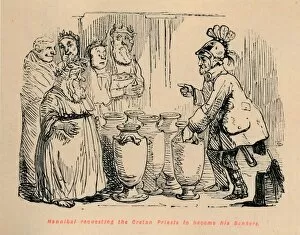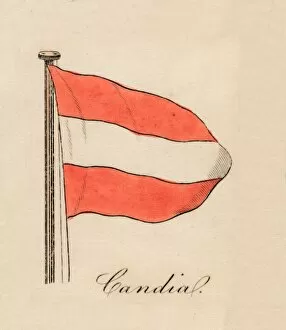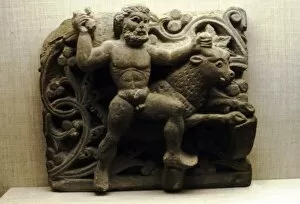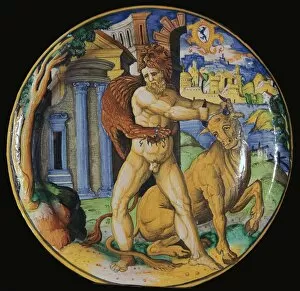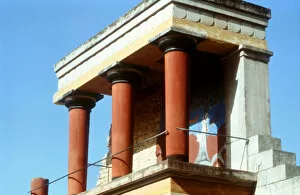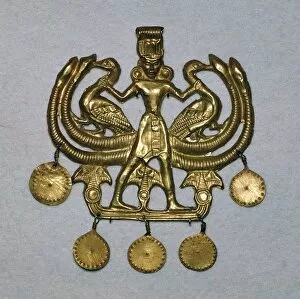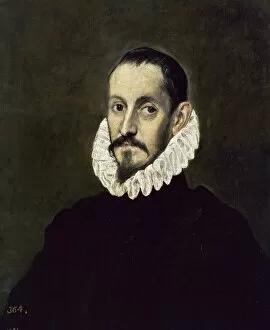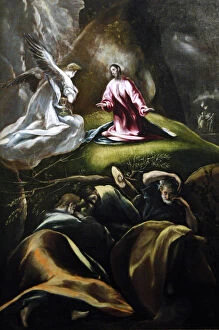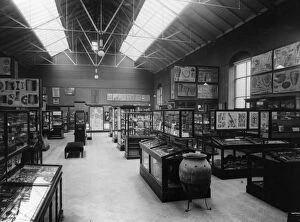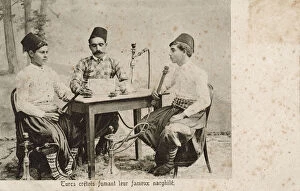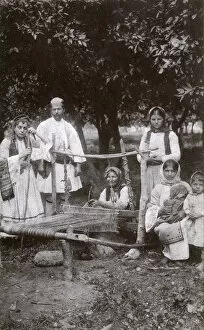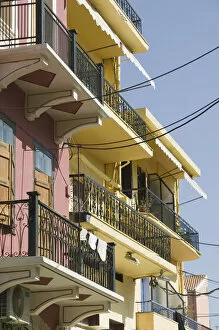Cretan Collection (#8)
"Cretan: A Tapestry of Art, History, and Courage" Step into the vibrant world of Crete, where ancient civilizations and timeless beauty intertwine
For sale as Licensed Images
Choose your image, Select your licence and Download the media
"Cretan: A Tapestry of Art, History, and Courage" Step into the vibrant world of Crete, where ancient civilizations and timeless beauty intertwine. From the captivating frescoes depicting Three Minoan Women in Knossos to El Greco's mesmerizing Portrait of Saint John the Evangelist, this island is a treasure trove of artistic wonders. Minoan art flourished on Crete, leaving behind masterpieces like the Prince of the Lilies. Its intricate details and symbolic motifs transport us back to an era filled with mythological tales and cultural richness. Equally enchanting is the Mother of God (Glykophilousa), a 15th-16th-century masterpiece that exudes divine serenity. Crete's history also bears witness to moments of bravery and resilience. The Revolution of Theriso saw courageous revolutionaries standing alongside Venizelos in their fight for freedom against oppression. Their unwavering spirit echoes through time as a testament to Cretan determination. Delving further into history, we encounter artifacts like the Phaistos Disc from 15th century BC Greece. This enigmatic artifact continues to puzzle scholars today with its mysterious symbols etched onto its surface—a silent message from our ancestors waiting to be deciphered. Even during times of war, heroes emerged on this resilient island. John Laverick's valiant efforts as part of Operation Albumen during WWII showcase Cretans' indomitable spirit in defending their homeland against adversity. Surgeon William Maillard's Victoria Cross win at Candia stands as a testament to his courage amidst chaos. Artistic brilliance once again takes center stage with El Greco's The Annunciation—an ethereal portrayal that captures divine grace within earthly realms. His depiction transports viewers into a realm where spirituality meets human emotion seamlessly. Beyond art and history lies Crete's rich cultural tapestry—the traditional costumes worn by its inhabitants.

